
There is a story about a young boy in Denver who, this past year, fell from his skateboard and banged his head so severely that he became amnestic for a period of months. He did not recognize any of his family members. One day during prayers in synagogue he bowed down at the customary time. When he lifted his head his memory flooded back. What he had been told for months became once again an internal experience.
I told this story in class earlier this year as a challenge to answer the question: Who are we? Memory would appear so fundamental to who we are. In any discussion about memory it is important to distinguish different types of memory. The obvious ones are verbal and image memories—such as remembering what someone said or remembering what they were wearing when they were speaking or how they smelled. Dreams are a good example of what would primarily be image based memory.
We also have what is called “muscle memory”—the boy described above could “remember” how to ride his skateboard even though he could not recall his mother. Despite a growing literature about cellular or body memory, scientists concur that memory is a neurologic function. The brain, they argue, is the only organ in our body which lays down and stores memory.
It would be interesting to interview the boy who fell off his skateboard to ask him if he remembers not being able to remember and what he remembers of the sensation he experienced when he lifted his head from bowing down during prayers and his memory returned? Where are memories about memory stored? Are we constantly remembering who we are based on memory? Meaning that we know who we are because we are remembering who we are.
In our new era of technology we have another relationship to memory–scientists would be pleased that it is colloquially called the second brain. One of the key questions asked about second brains is: “How much memory does it have?” Even hand held devices can store and “remember” more phone numbers than the human brain (remember we are only human). I still can’t imagine a time when memory will all be stored in second brains because memory is so much more than information remembered. Could your iphone 20, which remembered your appointment you forgot and remembered how to get there though you forgot, remind you that you love the person you are about to have coffee with? Or perhaps you will be in love with Siri (the voice that pleasantly reminds you that there is no one by that name in your contact list) who remembers more than you do about you?
What has prompted all these musings this morning is that my second brain stopped working last night. After frustration, fear set in. What if I can’t retrieve all those files stored on my computer? During my morning prayers I will bow down with a hope that memory will return —to my laptop–and to me; to remember not to forget who I am without memory of either of my brains.

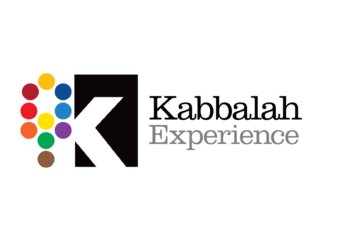
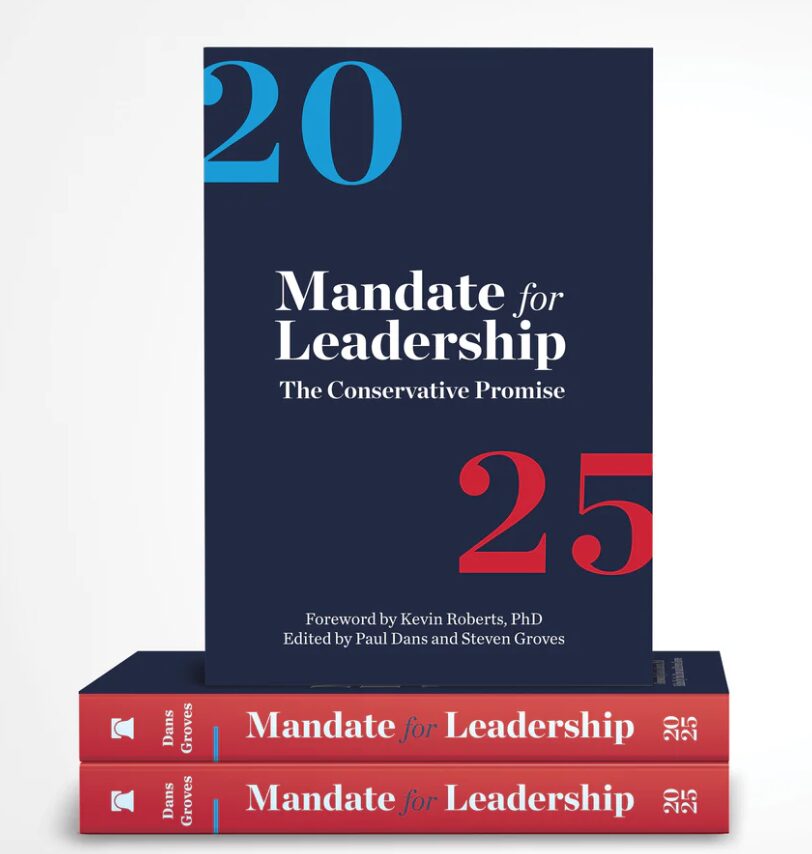
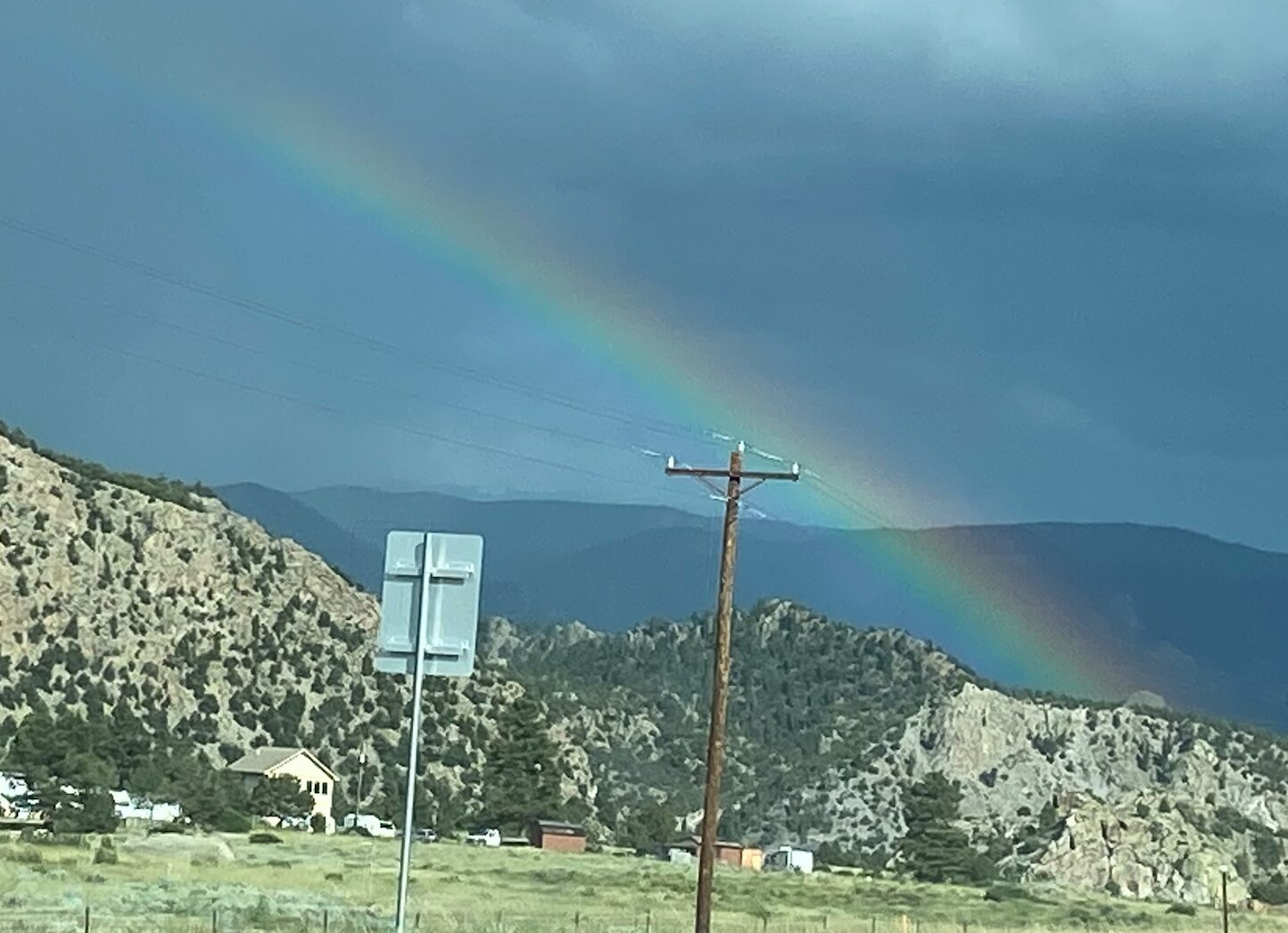
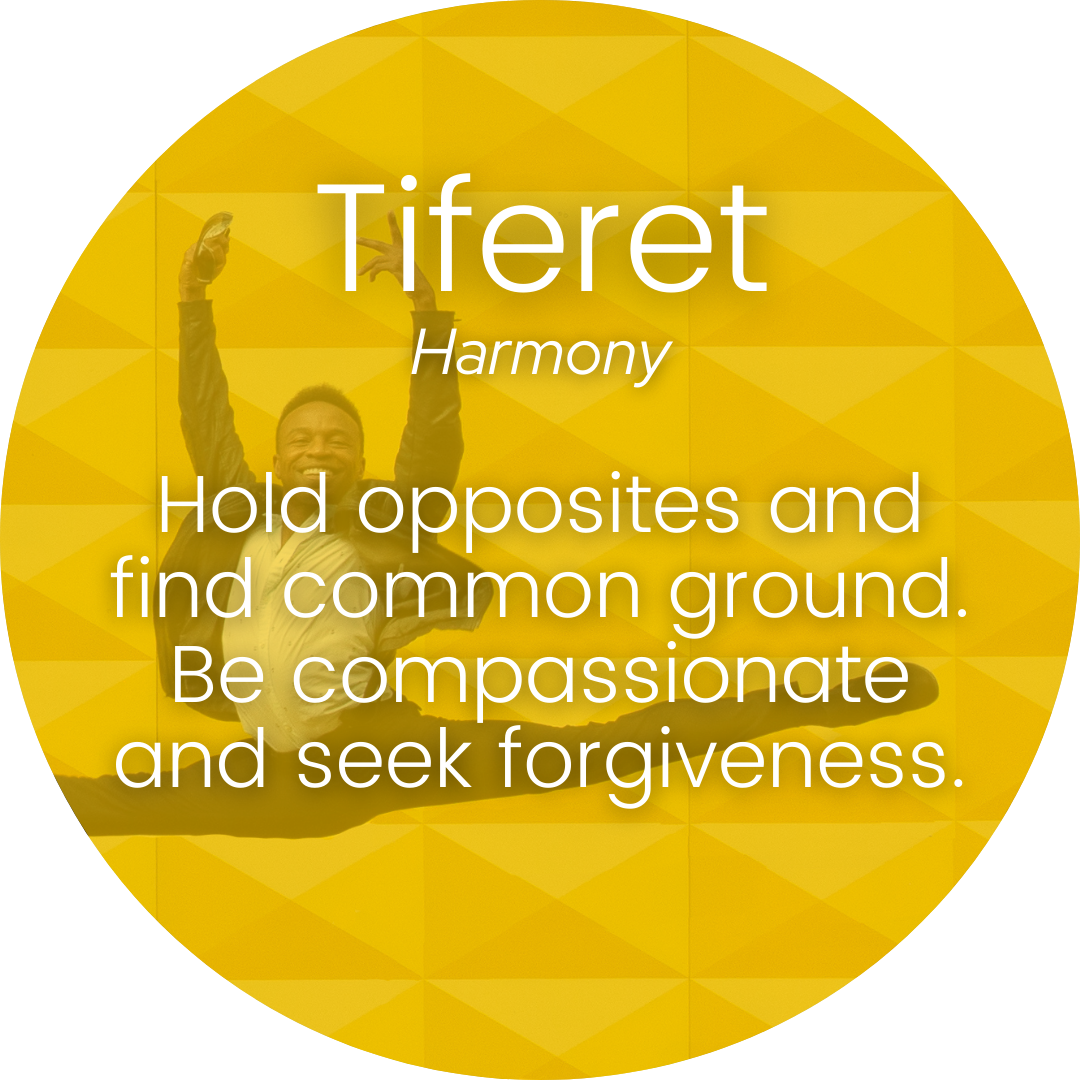
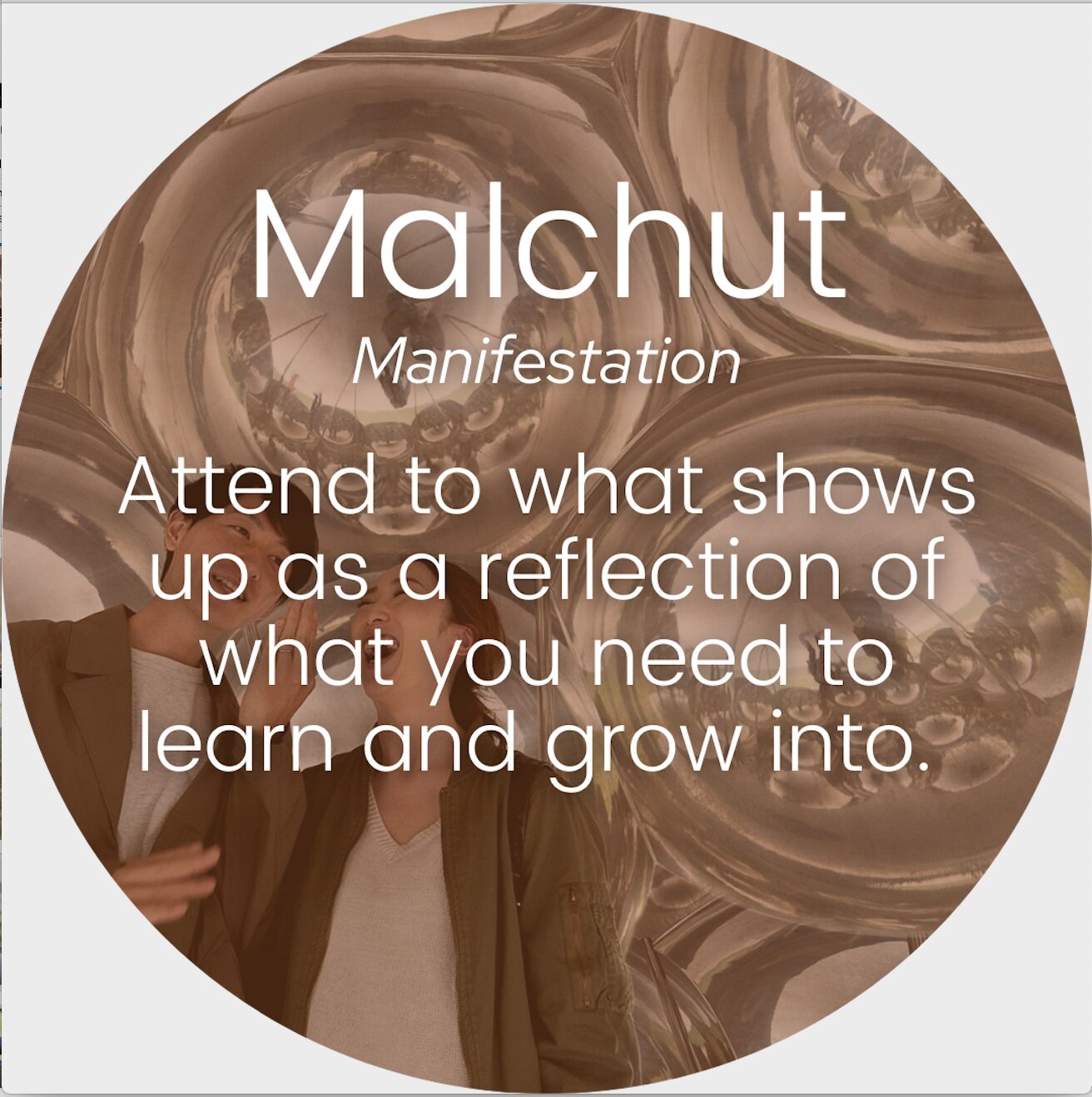
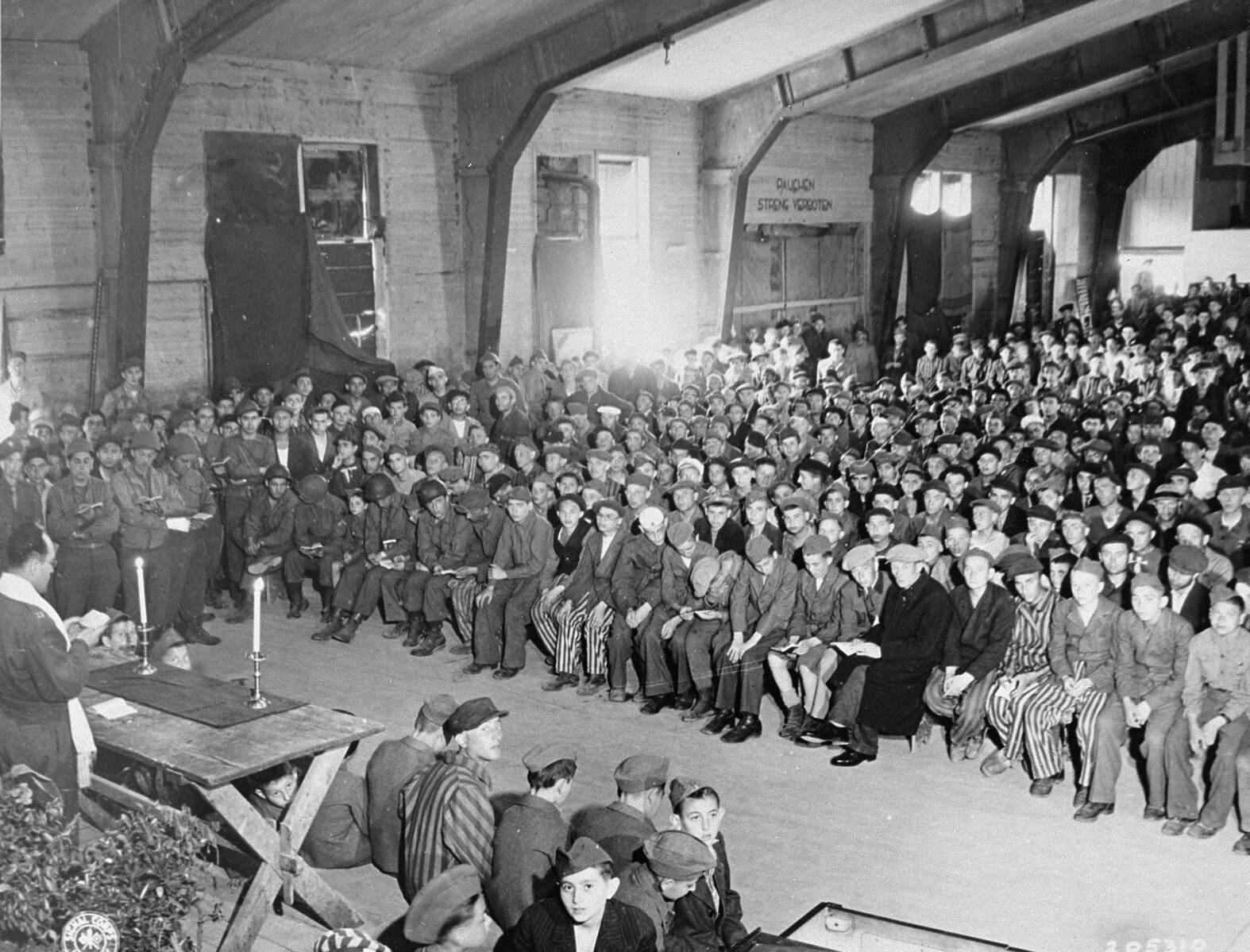
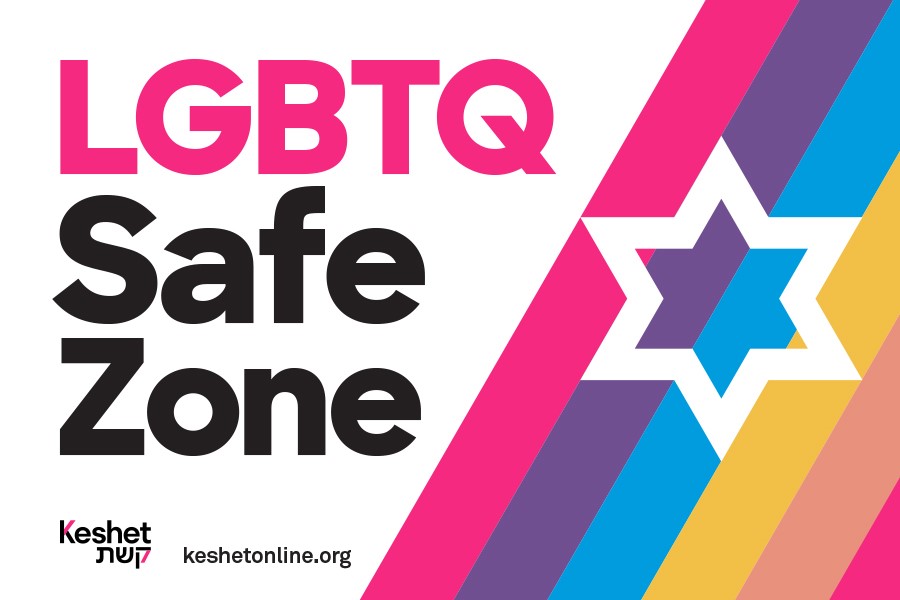
1 Comment
Ginny Sims · February 4, 2023 at 1:45 pm
Hi KE. I enjoyed this blog about memory. I’m looking into memory as related to an entire people. Why we might revisit unpleasant memories of trauma. What benefit is it to us as we remember shared trauma from the past. I tend to think, as you have suggested, we remember who we are individually moment to moment. This is similar to our memory as groups. Our shared history brings us closer.
(On my computer there is a strange and unwelcome link embedded in the text of this blog.)